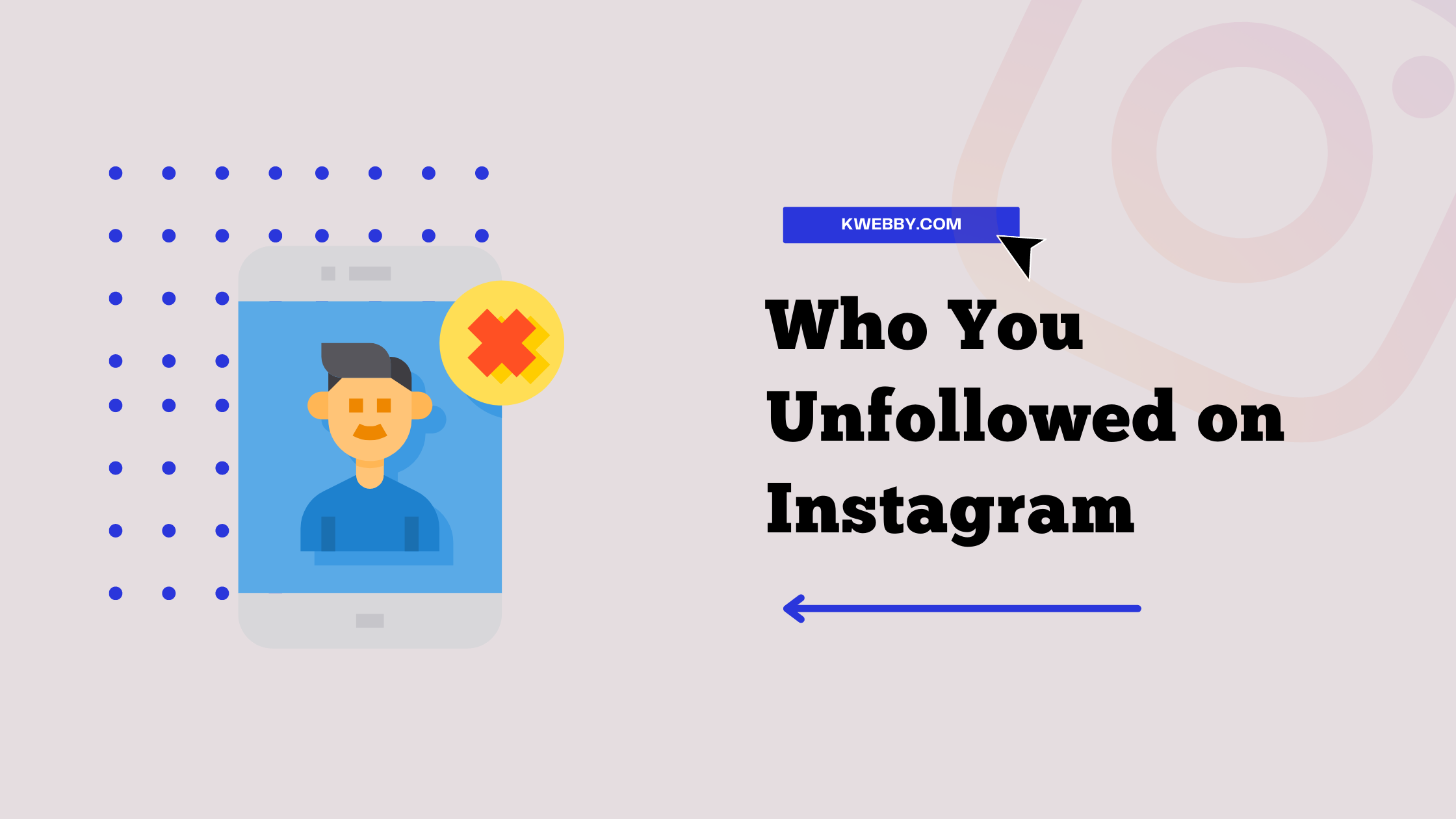Home / Blog / SEO / Advanced SEO Techniques / 10 Common SEO Mistakes That Hurt Your Rankings
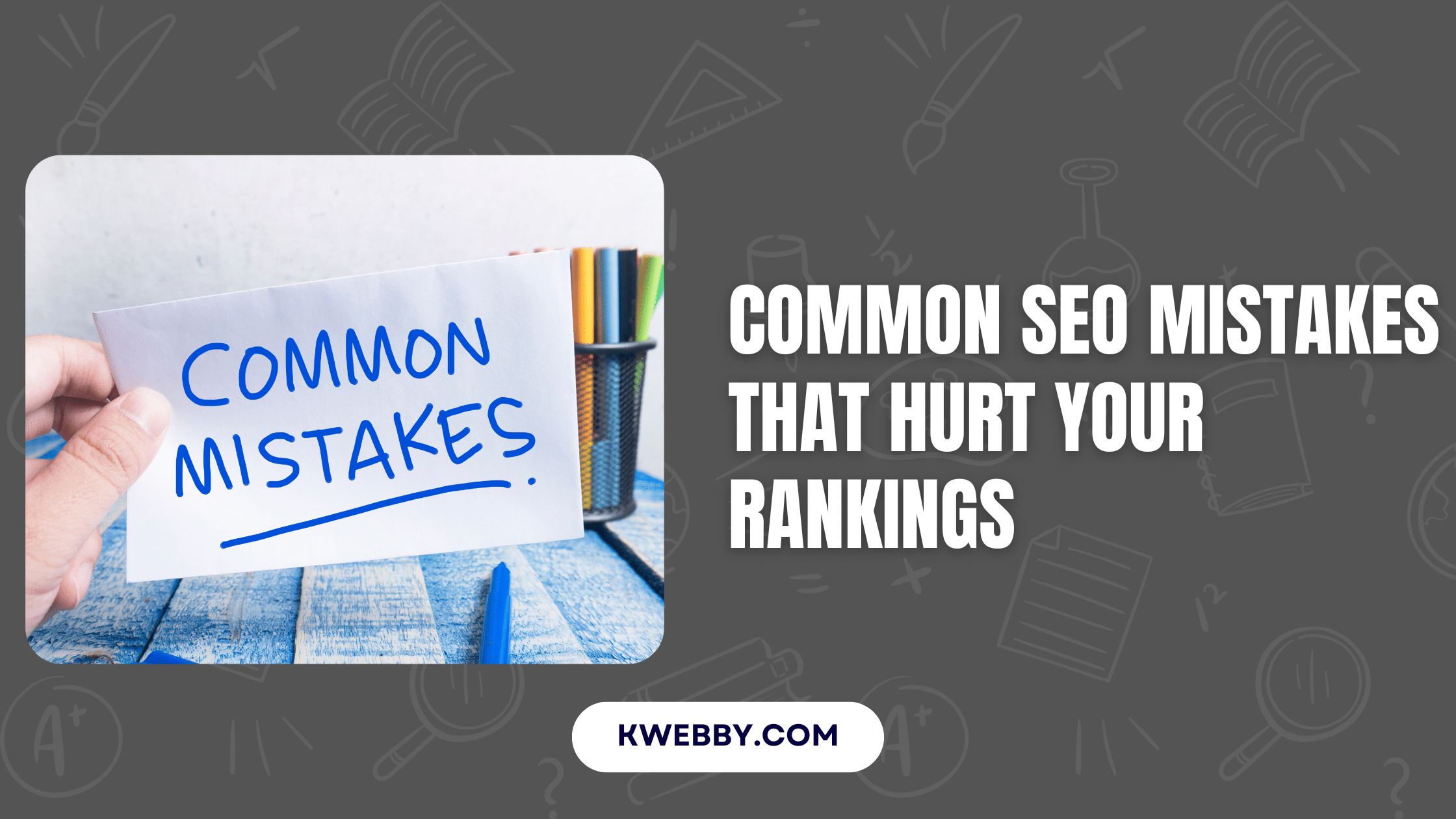
10 Common SEO Mistakes That Hurt Your Rankings
Choose Your Language:
SEO mistakes can cost you rankings, traffic, and revenue.
When it comes to common SEO mistakes, even minor errors can disrupt your search engine rankings and impact your visibility in search results.
Issues like duplicate content, broken links, or slow page speed can confuse search engines and damage your site’s performance. Neglecting practices like optimizing meta descriptions, using relevant keywords, or incorporating relevant internal links can lead to missed opportunities in connecting with your target audience or improving local search results.
Additionally, failing to focus on mobile optimization or having low-quality content can hurt your rankings, especially as search crawlers prioritize mobile performance and accurate, relevant, readable web pages.
By addressing these common technical SEO issues, such as fixing keyword stuffing, improving page titles, and using tools like Google Search Console and Google Analytics, you can enhance your on-page SEO efforts and maintain consistency across your entire site.
1 Key Takeaways
Here are 10 common SEO mistakes and how to fix them:
Ignoring Mobile Optimization: Over 60% of web traffic is mobile. Without a mobile-friendly site, you risk being invisible in search results.
Inadequate Keyword Research: Targeting the wrong keywords or ignoring search intent can reduce traffic by up to 70%. Use tools like SEMrush or Ahrefs for smarter keyword strategies.
Neglecting On-Page SEO: Missing meta tags, poor header structure, or absent alt text can drop your rankings. Audit your site to fix these issues.
Overlooking Technical SEO: Problems like slow site speed, broken links, or missing XML sitemaps can hurt crawlability and indexing.
Producing Low-Quality Content: Thin, duplicate, or irrelevant content gets penalized. Create in-depth, original, and valuable content instead. Ensure each blog post is well-structured and optimized for keywords to enhance visibility.
Ignoring Local SEO: Missing out on “near me” searches can cost local businesses. Optimize your Google My Business profile and use location-specific keywords.
Poor Internal Linking: Orphaned pages and bad link structures confuse search engines. Use strategic links to connect relevant content.
Neglecting User Experience (UX): Slow load times, bad navigation, and unreadable content frustrate users and hurt rankings.
Ignoring Off-Page SEO: Backlinks, brand mentions, and social engagement are critical for building authority.
Not Tracking SEO Performance: Without tracking metrics like organic traffic and keyword rankings, you can’t improve.
SEO success requires consistent effort and attention to detail. By addressing these mistakes, you’ll improve your rankings, drive more traffic, and create a better user experience.
2 Common SEO Mistakes to Avoid in 2025
3 1. Ignoring Mobile Optimization
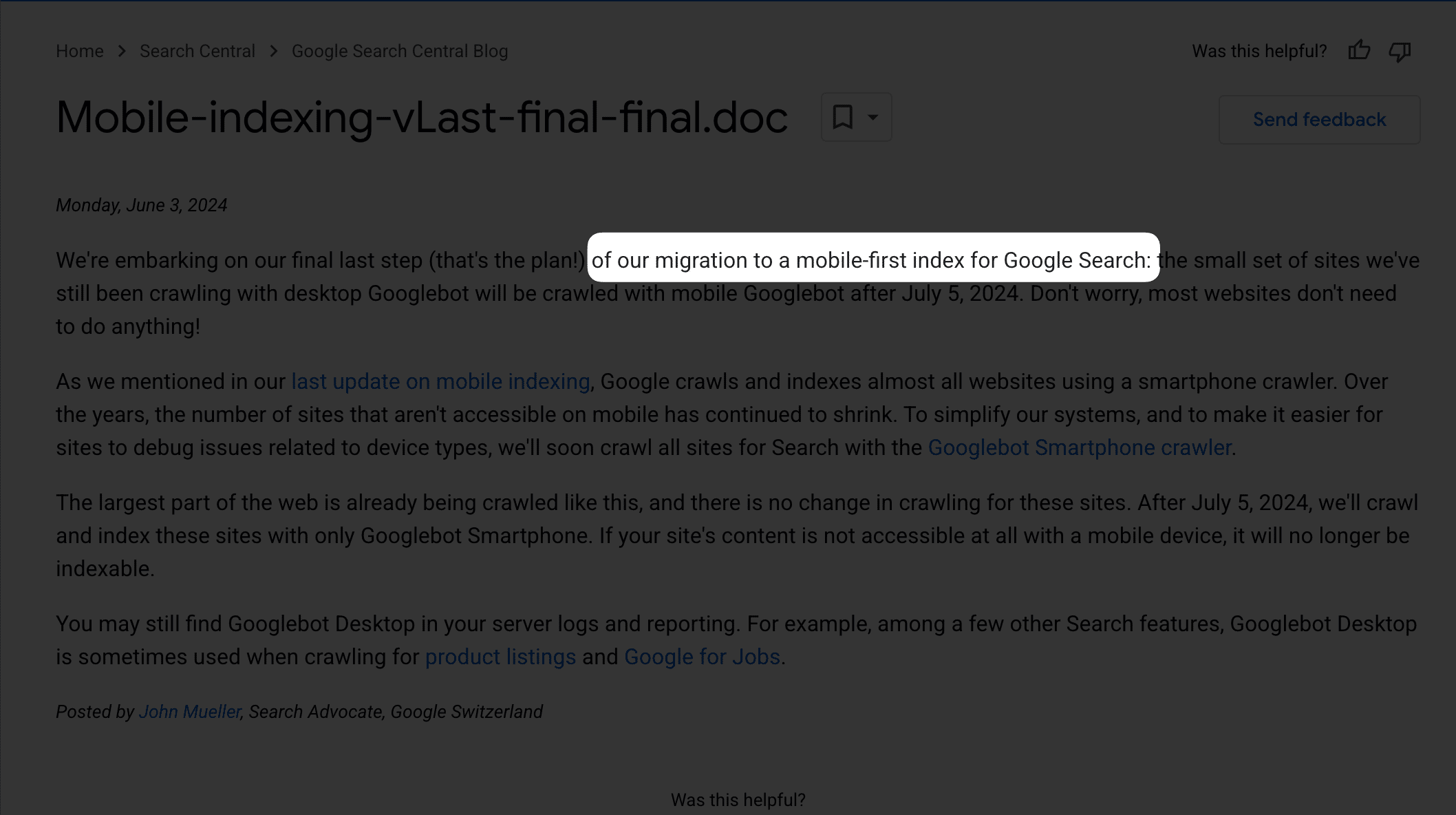
Since July 2024, Google has stopped indexing sites that aren’t mobile-friendly as they wont use only mobile search engine crawlers not desktop. This means if your site isn’t optimized for mobile, it’s practically invisible in search results. With over 60% of web traffic and search engine visits coming from mobile devices in 2024, ignoring mobile users is a costly mistake.
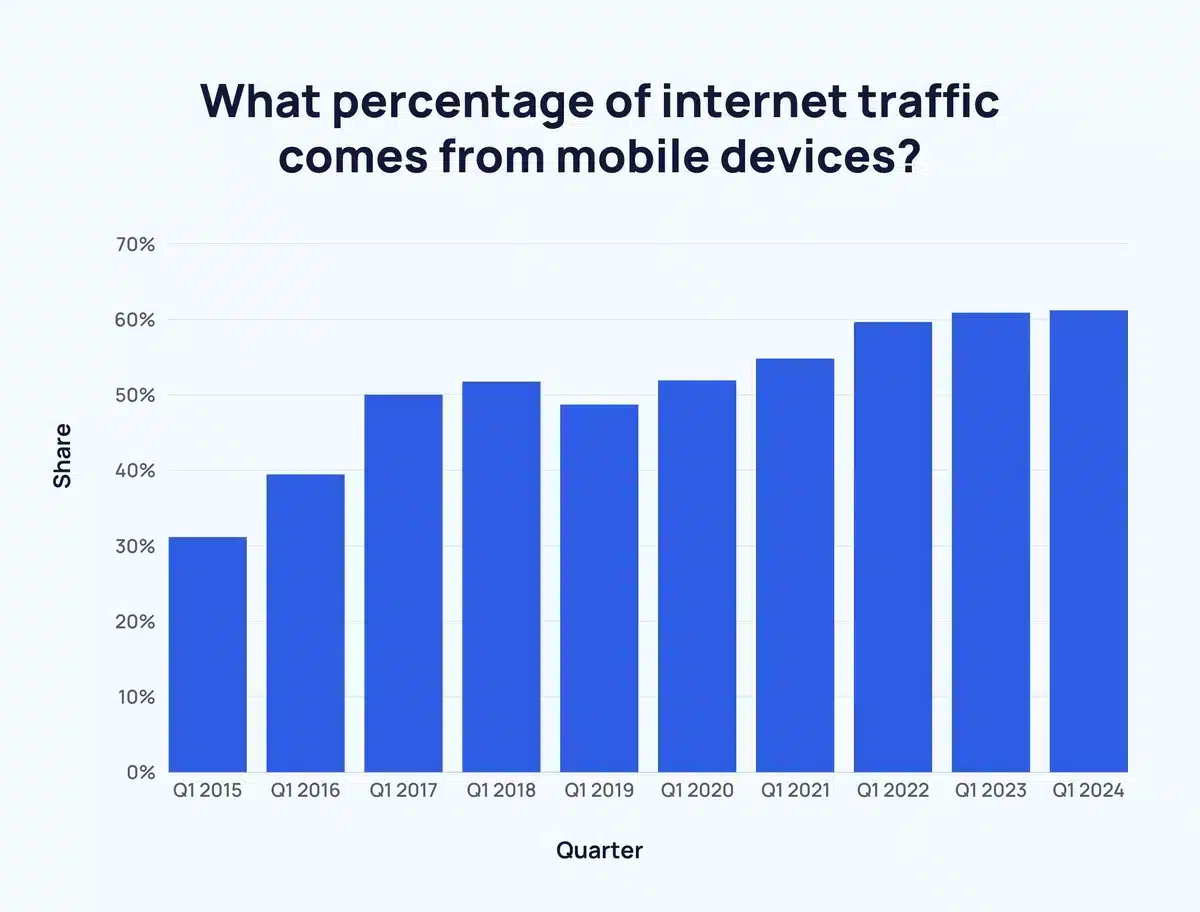
Research from Google highlights that a three-second page load increases mobile bounce rates by 32%. This not only frustrates users but also signals search engines that your site offers a poor experience. As Digital Marketing Expert Brian explains:
Smartphones and tablets have revolutionized how people access the internet.
To boost your mobile optimization, focus on these key areas:
Responsive design: Ensure your site adjusts seamlessly to any screen size.
Touch-friendly navigation: Make it easy for users to tap and scroll.
Fast loading times: Compress images and reduce unnecessary scripts.
Use tools like Google’s Mobile-Friendly Test, PageSpeed Insights, and the Mobile Usability Report in Search Console to track and improve your site’s performance.
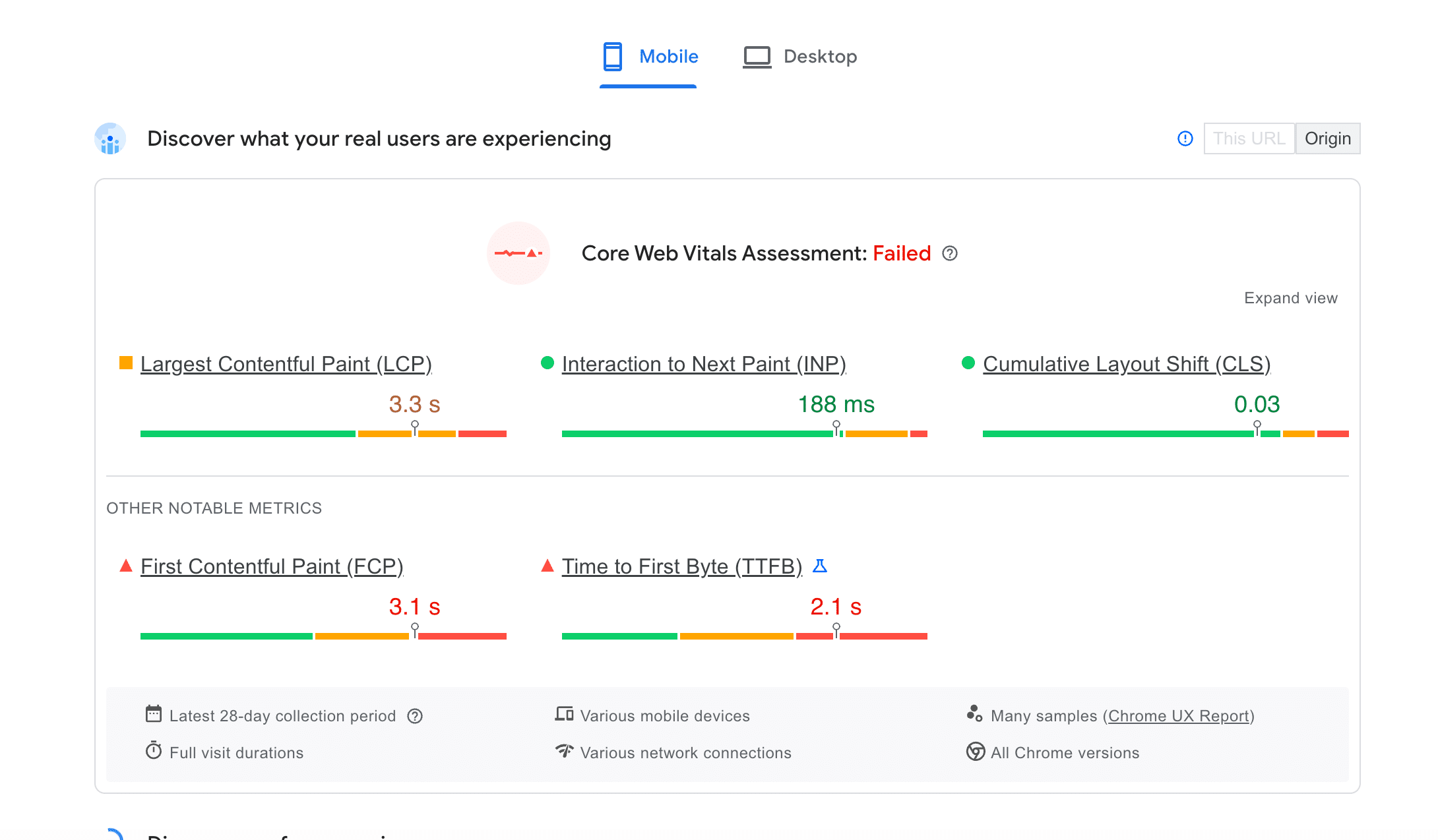
With mobile-first indexing, Google ranks your site based on its mobile version, so make sure your content is easy to read with short paragraphs, clear headings, and a clean layout.
Mobile optimization doesn’t just help with rankings – it enhances user experience and supports your broader SEO efforts, like keyword targeting and high-quality content. Don’t let a lack of mobile readiness hold your site back.
4 2. Inadequate Keyword Research and Targeting
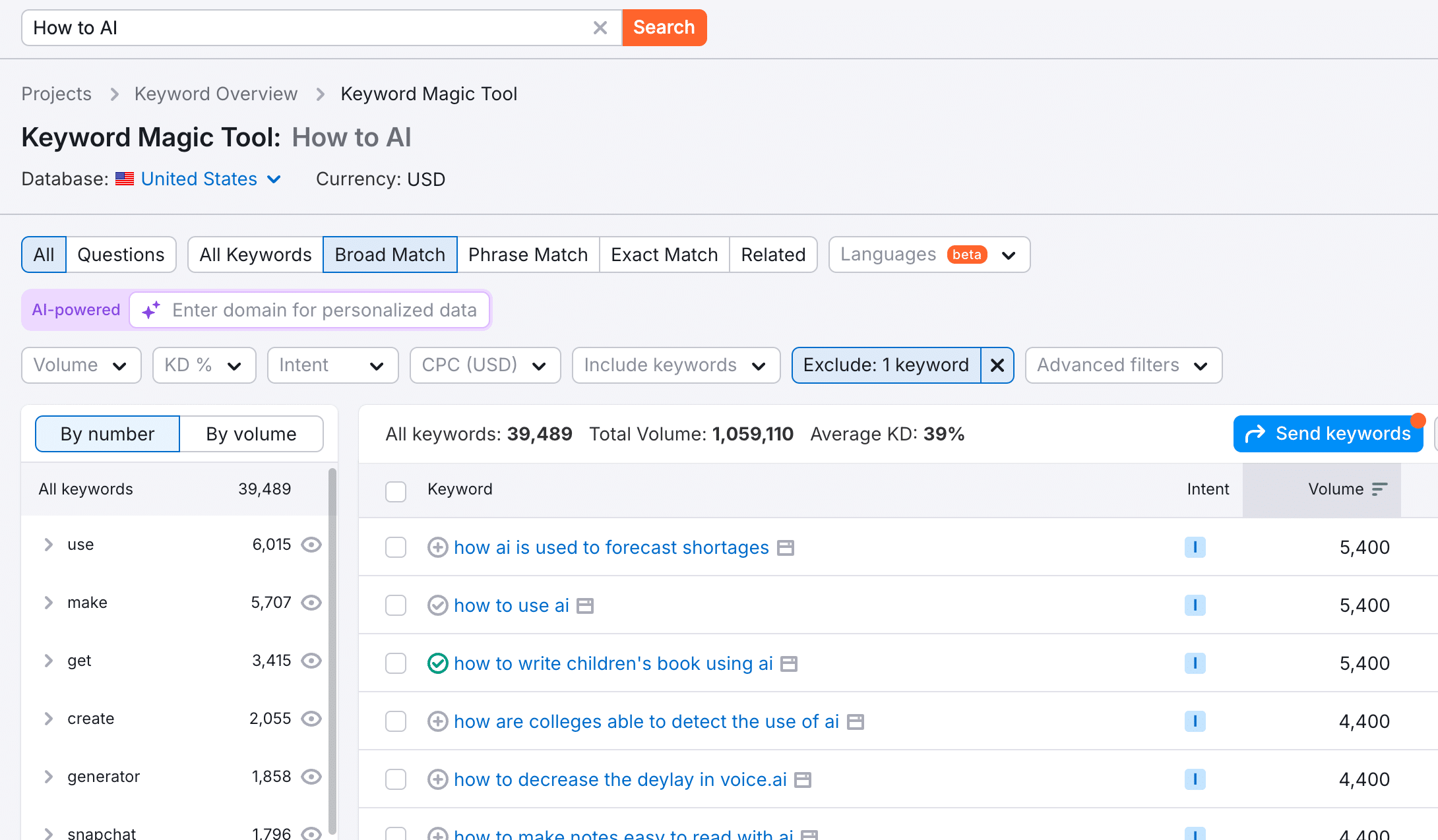
SEMrush reports that websites neglecting keyword research can experience up to 70% less organic traffic compared to competitors that prioritize strategic keyword planning.
“The time for single-keyword content is over. If you don’t take into account related key phrases, you’ll likely write thin content or keyword-stuff your page.”
4.1 Common Keyword Research Mistakes
| Mistake Type | Impact | Solution |
|---|---|---|
| Overly Broad Keywords | Low conversions, high competition | Focus on long-tail keywords |
| Ignoring Search Intent | Poor engagement | Match content to user needs |
| Outdated Keyword Data | Missed opportunities | Update strategy quarterly |
4.2 How to Improve Keyword Targeting
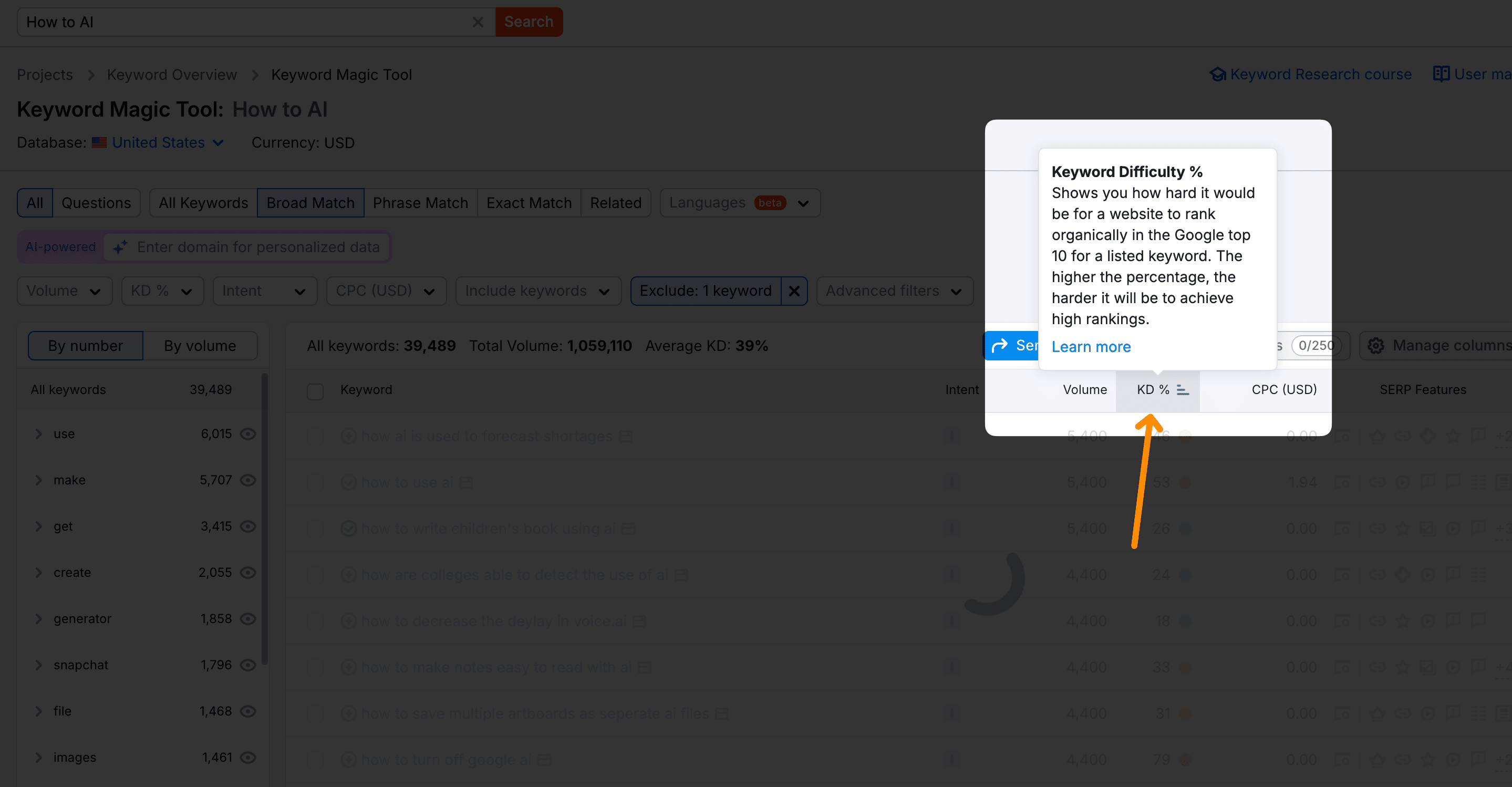
Start by analyzing your competitors’ strategies with tools like Ahrefs or SEMrush. For example, instead of targeting a broad term like “winter holidays”, refine it to something more specific, such as “affordable ski trips in Colorado”, which better aligns with user intent.
When selecting keywords, go beyond search volume and consider:
Keyword difficulty: Pick terms you can realistically rank for.
Search intent match: Ensure your content aligns with what users are looking for.
Conversion potential: Focus on keywords that align with your business goals. Incorporate relevant keywords throughout various elements of SEO, including anchor text, meta descriptions, and title tags.
To ensure your content is well-rounded, use topic clustering. Tools like SEMrush’s Topic Research feature can help you identify related keywords and group them effectively for better coverage.
4.3 Monitor and Adjust
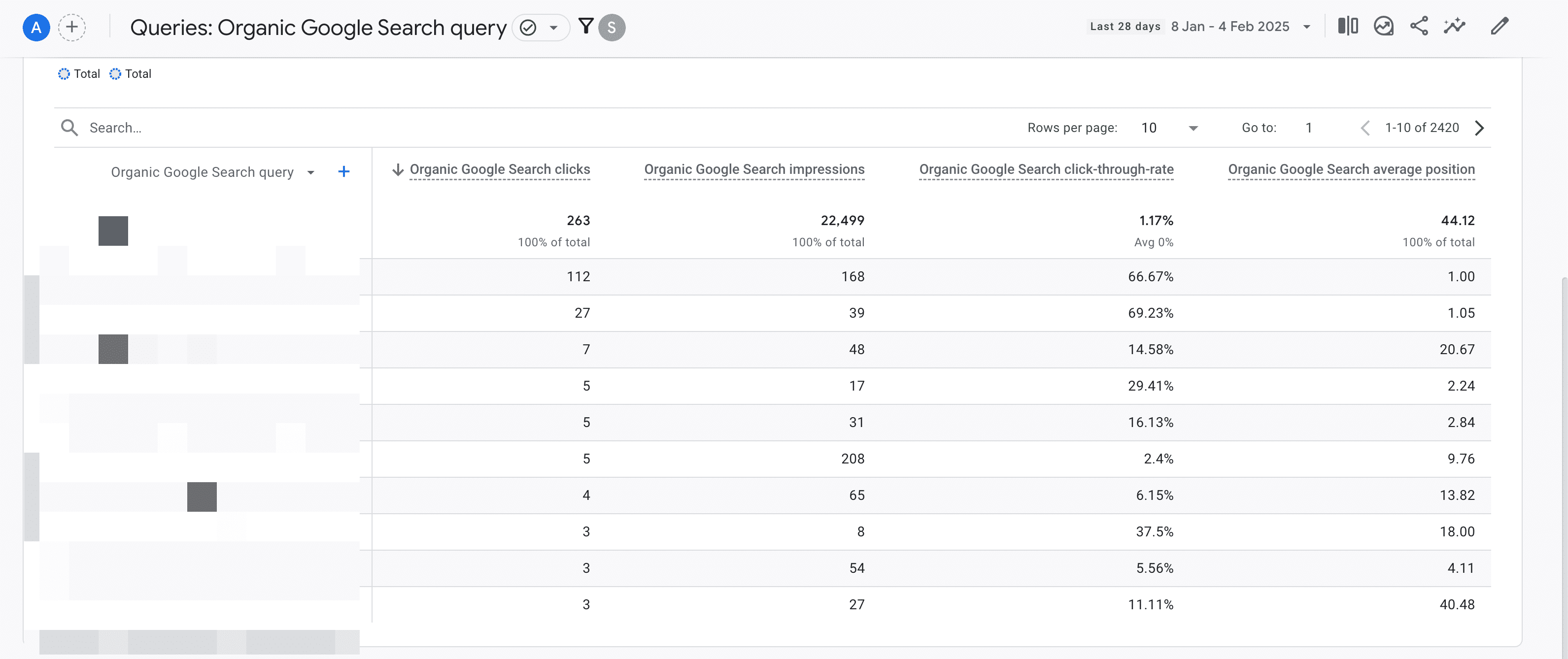
Track your keyword performance monthly using Google Analytics and Search Console. This allows you to spot new opportunities and adjust your strategy as search trends change. A data-driven approach ensures your content stays relevant and competitive.
5 3. Neglecting On-Page SEO Elements
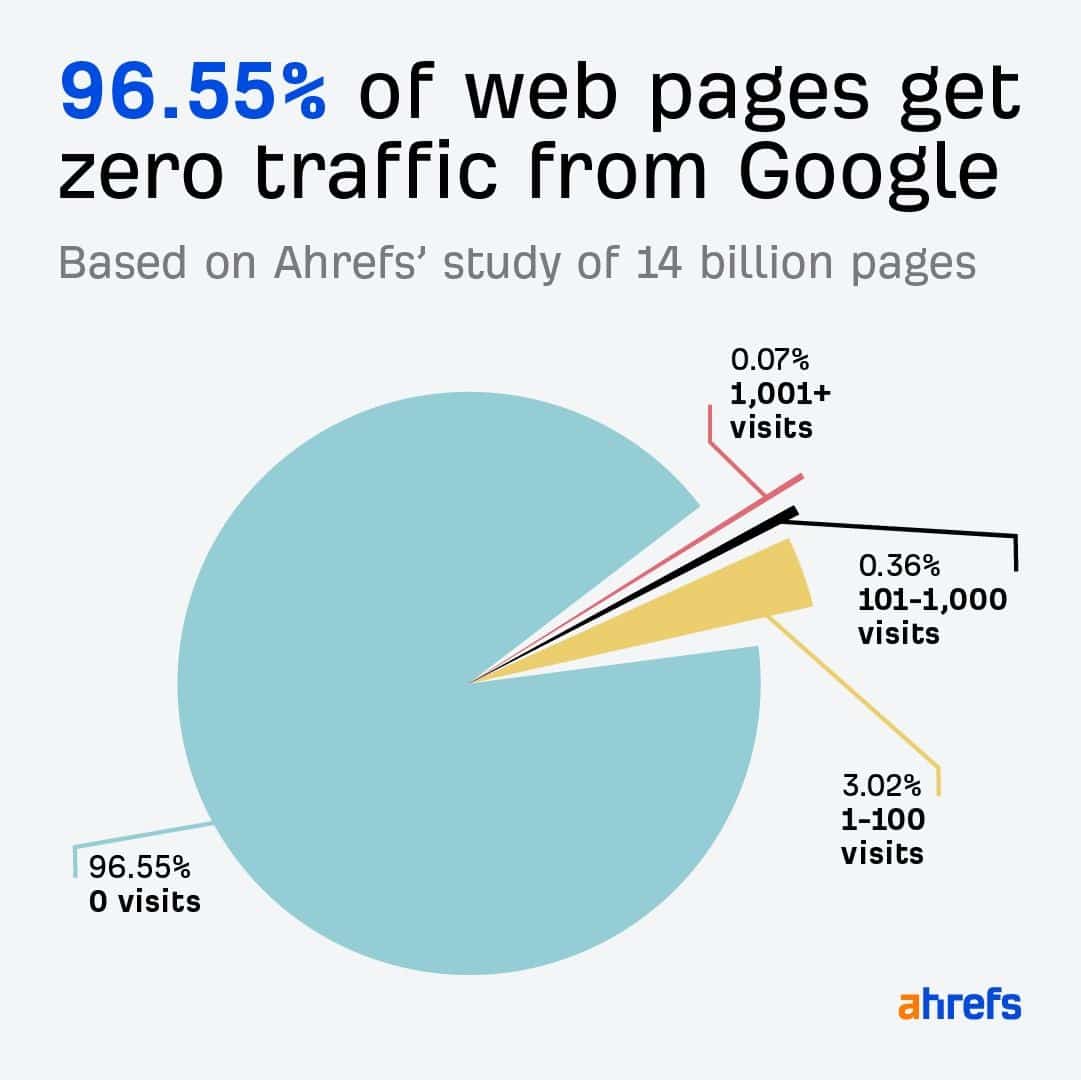
Did you know that 96.55% of pages get zero organic traffic from Google? One major reason for this is poor on-page SEO. This problem affects websites across the board, but the good news is that it’s one of the easiest areas to fix.
5.1 Commonly Missed On-Page SEO Elements
| Element | Common Mistake | Impact |
|---|---|---|
| Meta Title | Duplicate or missing | Lower click-through rates |
| Meta Description | Generic or absent | Poor visibility in search results |
| Header Tags | Misused or disorganized | Confusing content structure |
| Image Alt Text | Missing alt attributes | Missed opportunities for image traffic |
5.2 Tips for Better Optimization
Meta Titles: Keep them below 60 characters to avoid truncation in search results.
Meta Descriptions: Aim for 155-160 characters to create compelling summaries that attract clicks.
Header Tags: Use a clear hierarchy (H1, H2, etc.) to make your content easier to read and understand.
Image Alt Text: Include descriptive alt attributes to improve accessibility and rank in image searches.
5.3 How to Fix On-Page SEO Issues
Audit Your Pages: Use tools like SEMrush or Ahrefs to identify missing or duplicate meta tags, broken links, and structural issues.
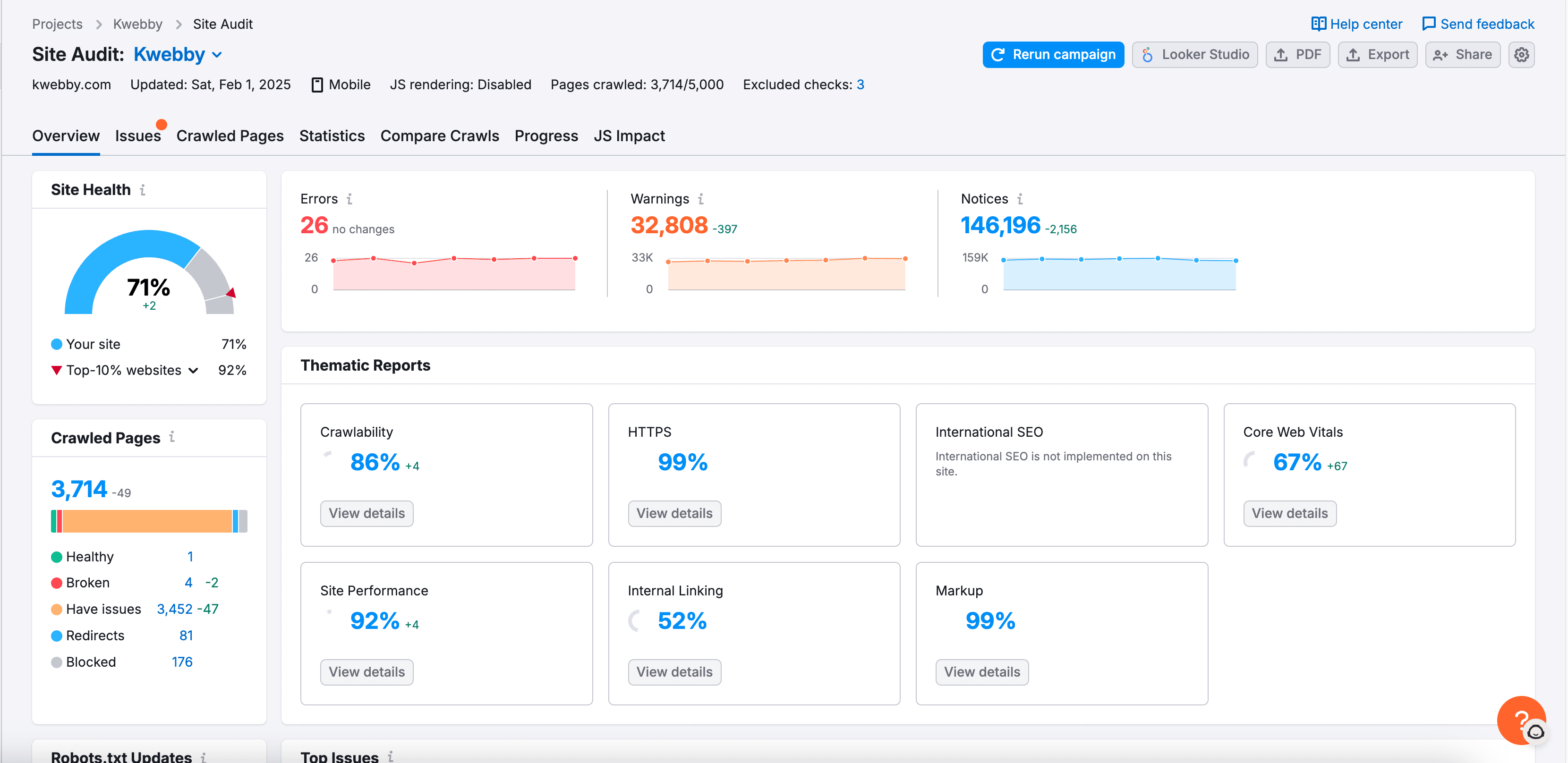
Add Schema Markup: Structured data helps search engines better understand your content, which can improve how your site appears in search results.
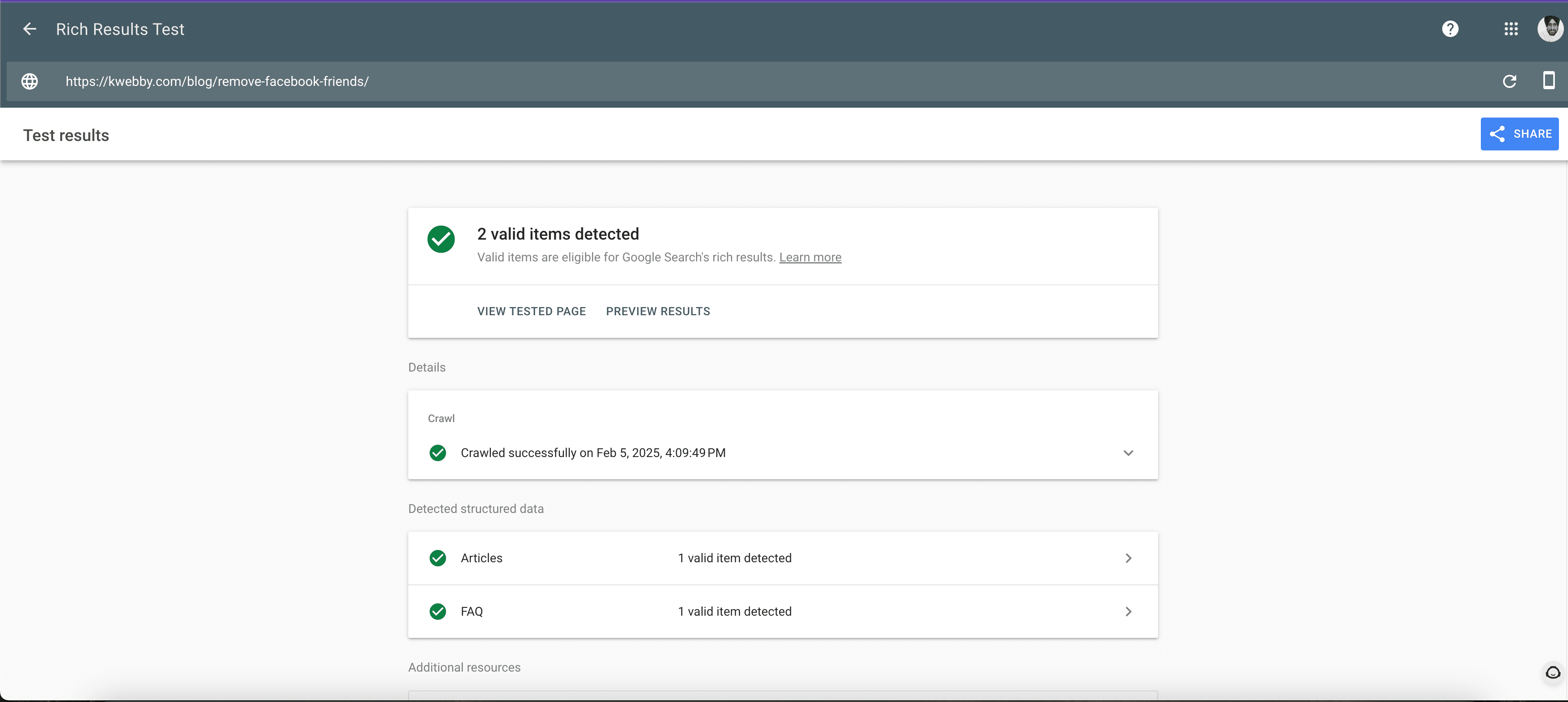
Use Hreflang Tags: If your site has multiple languages, these tags ensure users see the correct version based on their region and language preferences.
Ignoring on-page SEO doesn’t just hurt your rankings – it also makes it harder to engage your audience. While on-page SEO deals with what users see, technical SEO ensures your site’s foundation is solid and performs well. Focus on both to maximize your site’s potential.
6 4. Overlooking Technical SEO
Technical SEO plays a key role in your website’s performance. It impacts how search engines and users interact with your site. Studies show that ignoring technical SEO can lead to lower rankings and reduced visibility.
6.1 Key Technical Issues That Hurt Rankings
| Technical Element | Common Problem | Impact on Rankings |
|---|---|---|
| Site Speed | Large images, excessive scripts | Higher bounce rates, less engagement |
| Mobile Responsiveness | Poor design for mobile devices | Lower visibility on mobile searches |
| XML Sitemaps | Missing or outdated | Content not indexed properly |
| URL Structure | Confusing or lengthy URLs | Harder for search engines to crawl |
6.2 Core Areas to Focus On
Improving Site Speed: Google’s Core Web Vitals highlight the importance of fast-loading pages. Issues like uncompressed images and unnecessary scripts often slow things down. Tools like Google’s PageSpeed Insights can help you pinpoint and fix these problems.
Mobile Optimization: With Google prioritizing mobile-first indexing, your site must work well on mobile devices. Use responsive design and proper viewport settings to ensure a smooth experience for mobile users.
Crawlability and Indexing: Search engines need to crawl and index your site efficiently to rank it effectively. A search engine crawler evaluates your site’s structure and content to ensure it meets quality standards. Common obstacles include:
Blocked resources in your robots.txt file
Outdated or missing XML sitemaps
Incorrect use of canonical tags
Poorly structured URLs
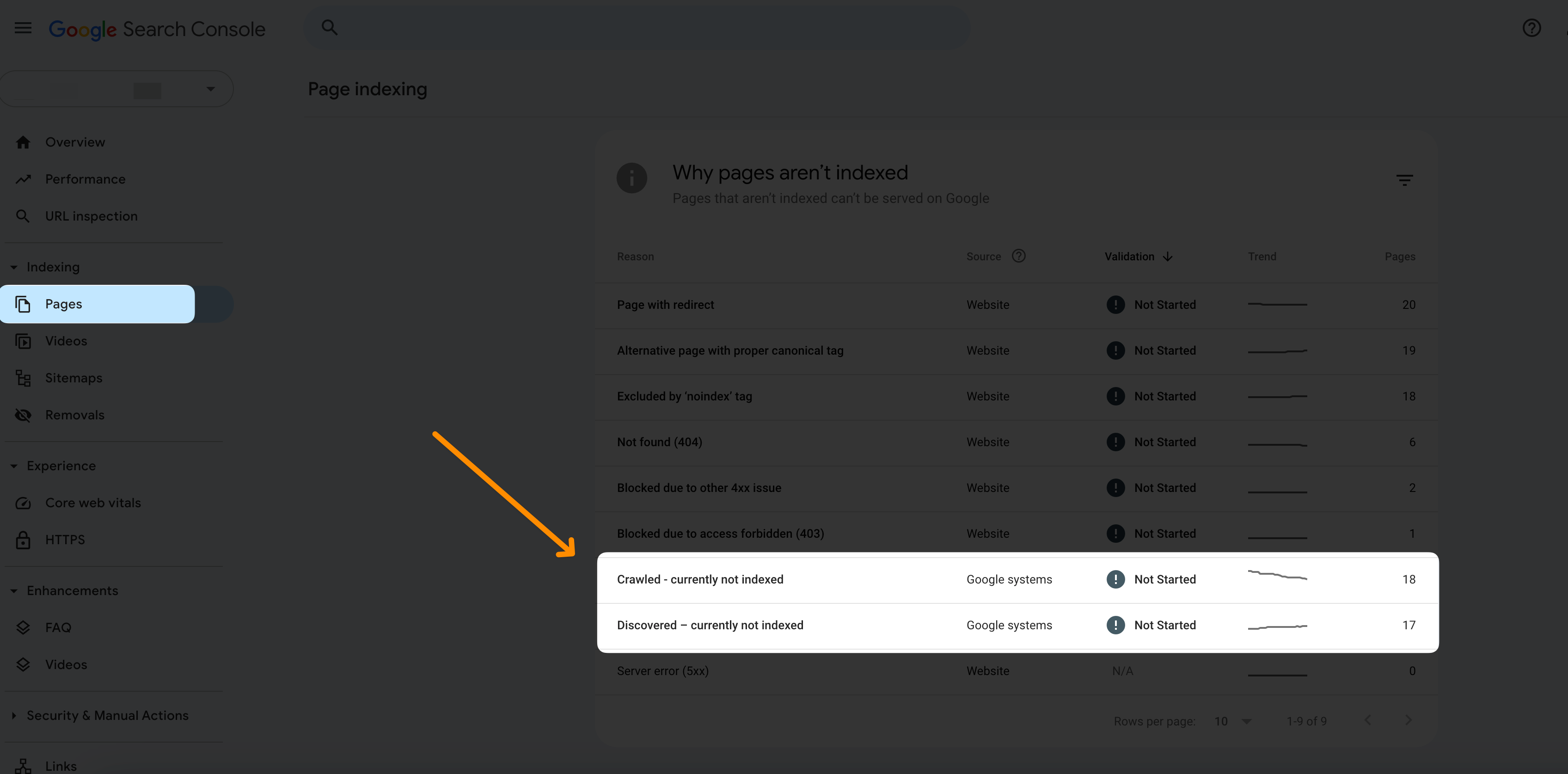
6.3 Keeping Your Site Technically Healthy
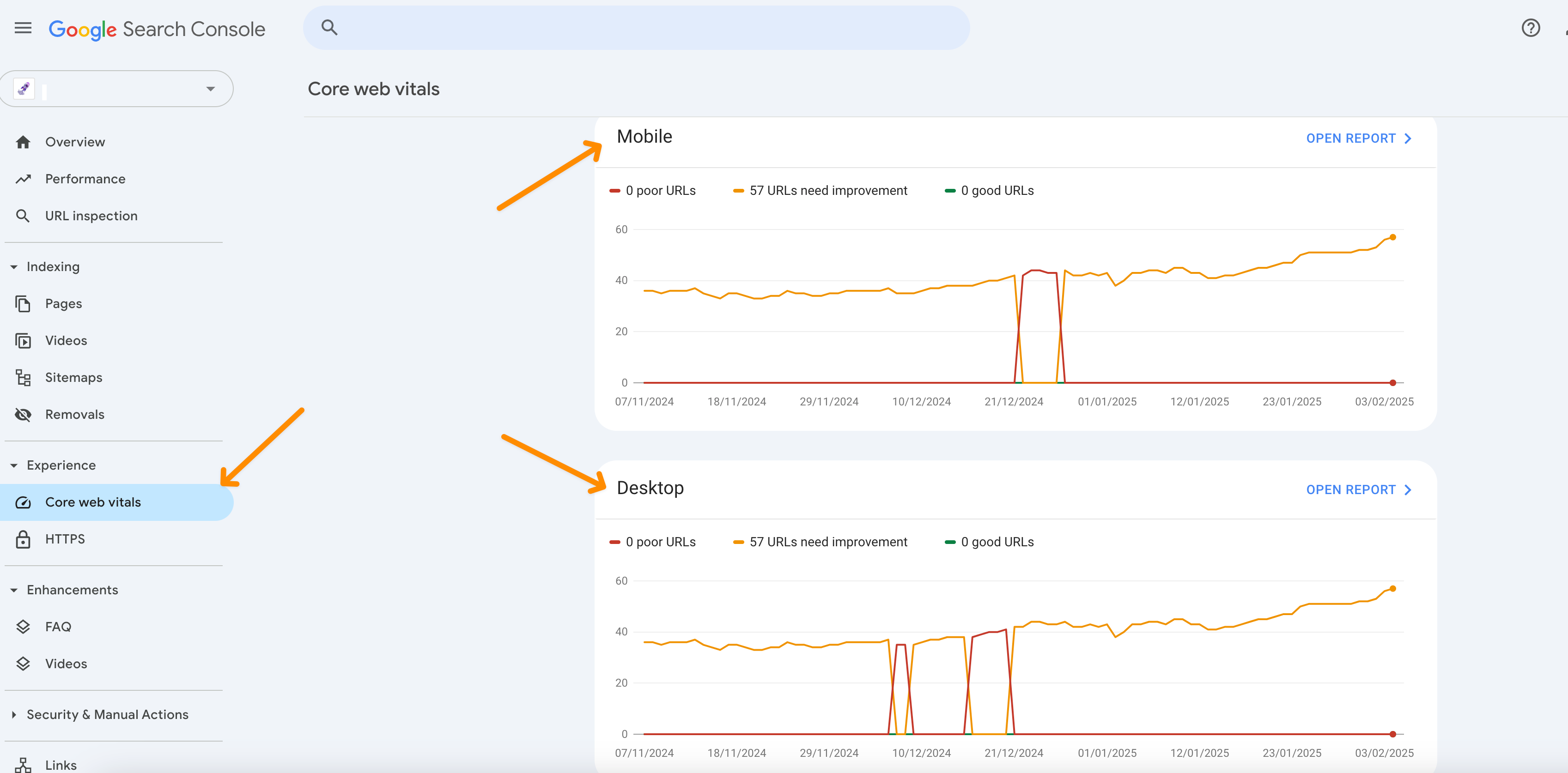
Regular technical audits are essential for avoiding ranking problems. Use tools like Google Search Console and SEMrush to monitor:
Core Web Vitals performance
Mobile usability
Coverage issues
Structured data
HTTPS security
“Mobile SEO is crucial for several reasons: Mobile traffic dominates the web, improved user experience, local search is mobile-driven, and it provides a competitive advantage.” – seoClarity
While technical SEO ensures your site runs smoothly and is accessible, the quality of your content ultimately determines how well it performs with users and search engines.
7 5. Producing Low-Quality or Thin Content
Technical SEO makes your site accessible, but it’s high-quality content that keeps users engaged once they arrive. Thin or low-quality content is a common SEO misstep that can hurt both search rankings and user satisfaction.
7.1 What Is Thin Content?
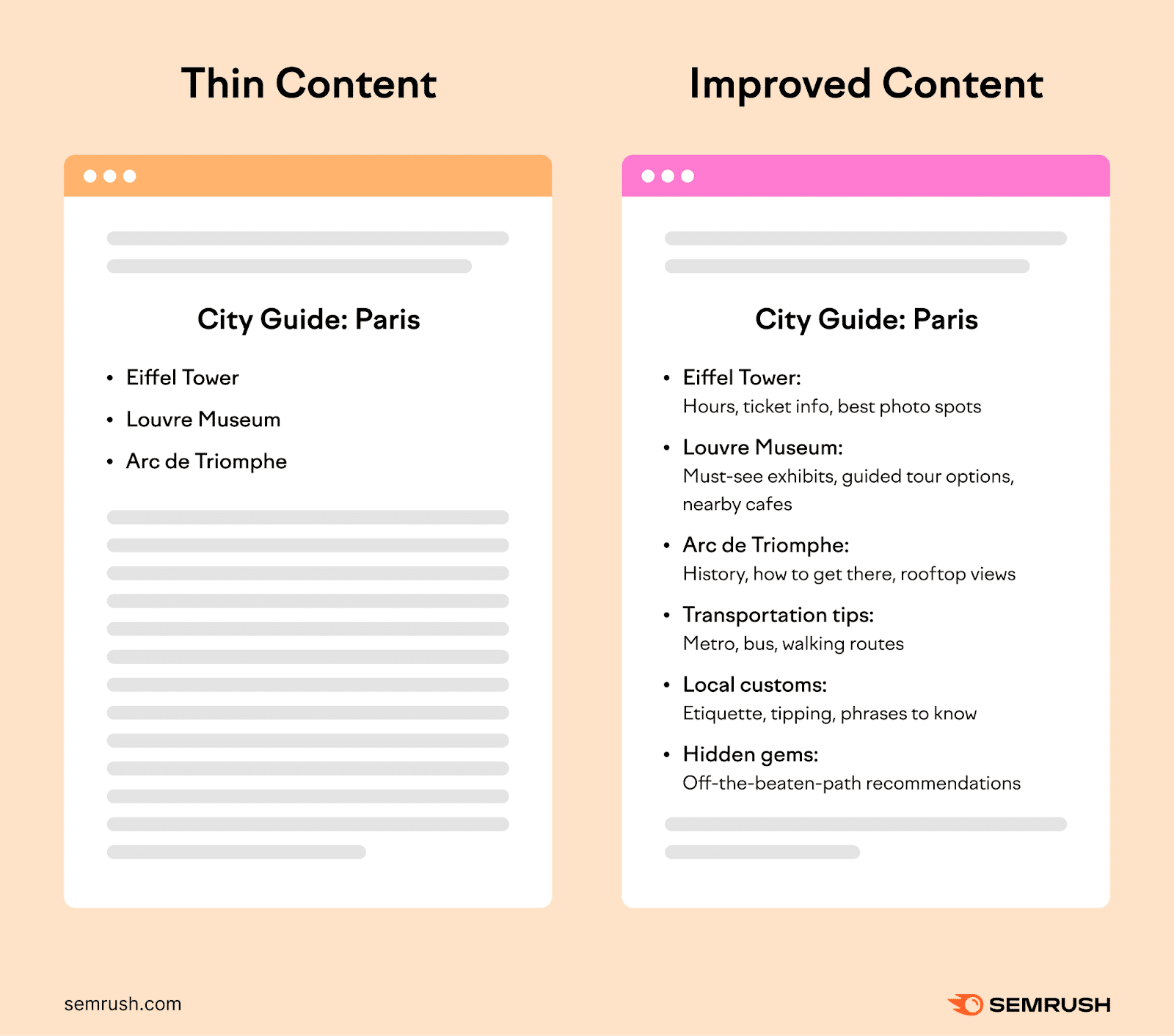
Thin content offers little to no value. Examples include:
Copied product descriptions on affiliate pages
Auto-generated text lacking original insights
Shallow articles without depth or detail
Duplicate material pulled from other sources
Google’s algorithms, especially since the 2011 Panda update (which impacted nearly 12% of search queries), are designed to detect and penalize this type of content.

7.2 How It Hurts Your SEO
Poor content quality can lead to:
Lower user engagement
Loss of credibility and authority
Fewer conversions
Missed opportunities for backlinks
Ranking penalties from search engines
Here’s a key stat: High-quality content generates three times more leads than outbound marketing and costs 62% less. But this only applies when the content is genuinely useful and aligned with user needs.
7.3 How to Create Content That Matters
Hardy, Founder of Supple Digital, puts it simply:
“High-quality content can help a website secure top rankings in Google SERPs and attract more visitors”
Key Features of Great Content:
Original insights backed by research or expert input
Thorough coverage of topics with practical examples
Visuals that clarify or enhance understanding
Regular updates to maintain relevance
Steps to Improve Content Quality:
Audit and Revamp Existing Pages
Use tools like Google Search Console to identify underperforming content. Expand these pages with original research, expert commentary, and actionable examples. Aim for depth – articles often perform better when they exceed 1,000 words.Set Quality Standards
Create a checklist to ensure every piece of content delivers unique value, covers topics comprehensively, and includes visuals or data to support its points.You can use surferSEO to enhance your content creation process.
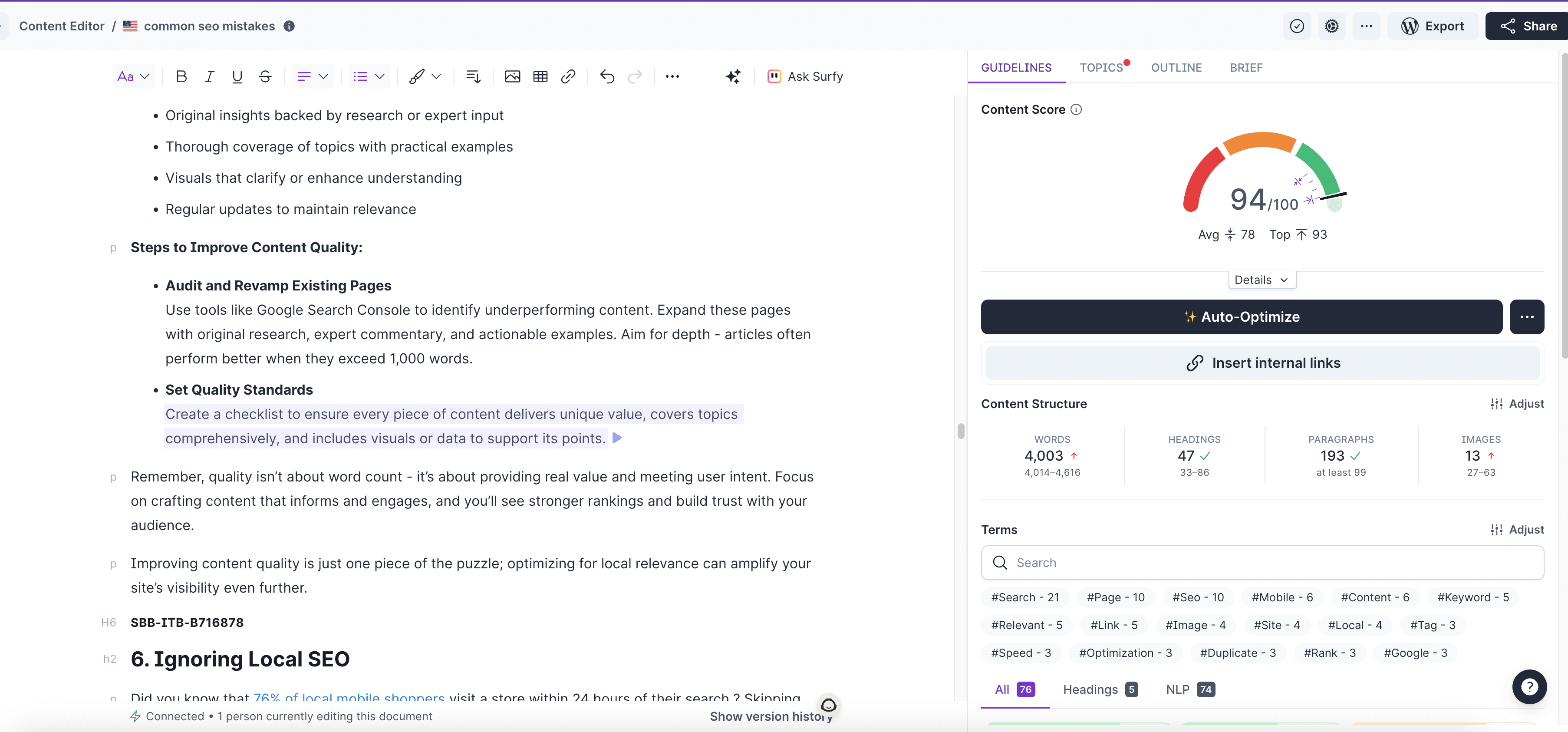
Remember, quality isn’t about word count – it’s about providing real value and meeting user intent. Focus on crafting content that informs and engages, and you’ll see stronger rankings and build trust with your audience.
Improving content quality is just one piece of the puzzle; optimizing for local relevance can amplify your site’s visibility even further.
8 6. Ignoring Local SEO
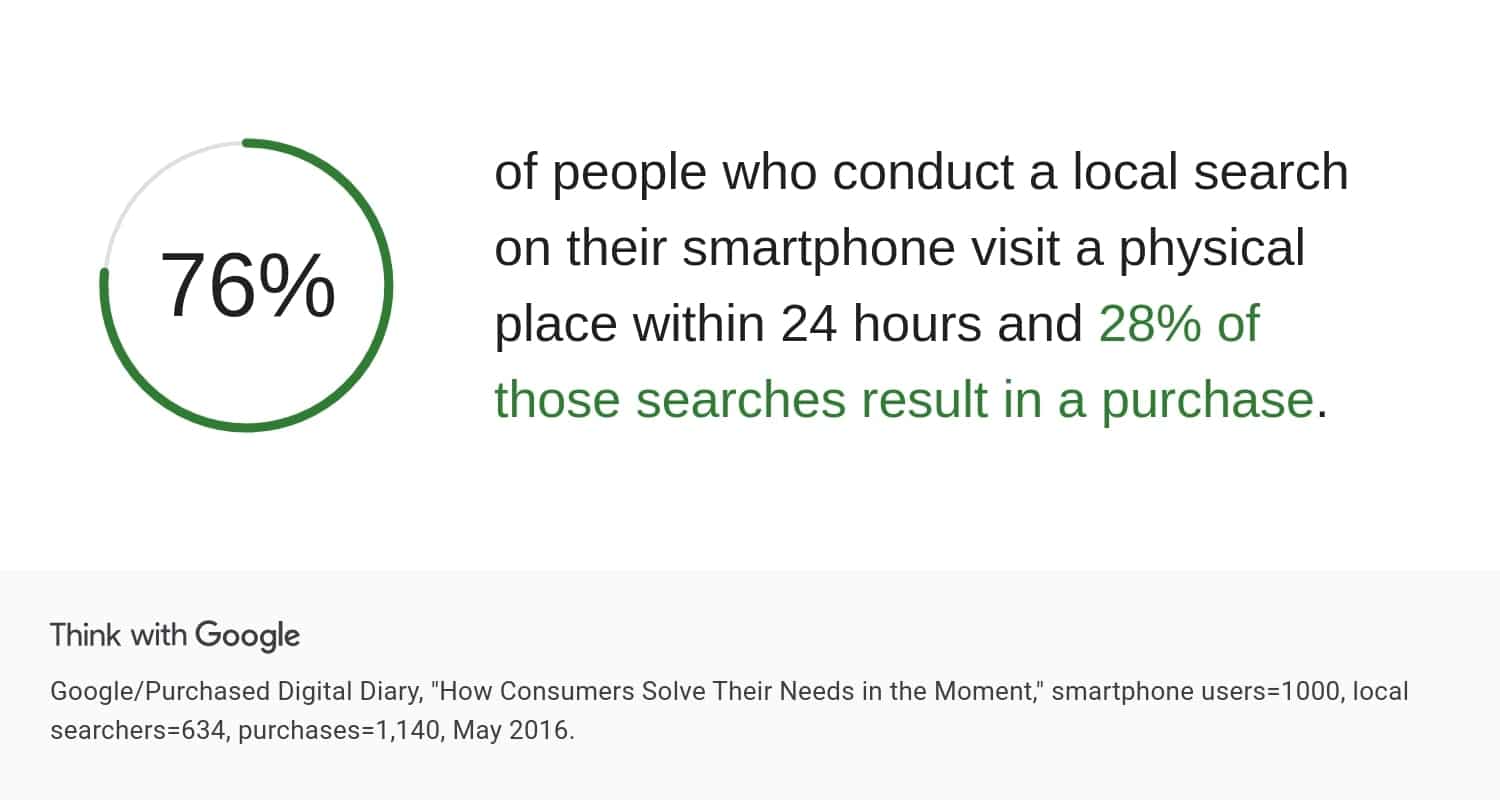
Did you know that 76% of local mobile shoppers visit a store within 24 hours of their search ? Skipping local SEO means missing out on foot traffic and potential sales.
When you neglect local SEO, your business is harder to find in “near me” searches, where search engines prioritize local results. Since most of these searches happen on mobile devices, having a mobile-friendly site is essential – 61% of users leave non-mobile-friendly sites, and 40% turn to competitors.
8.1 Common Local SEO Mistakes
Failing to claim or optimize your Google My Business profile
Skipping location-specific keywords in your content
Not using schema markup for local business details
Inconsistent business information across online platforms
8.2 How to Improve Local SEO
Optimize Your Google My Business Profile
Make sure your Google My Business profile is up-to-date with:
Accurate hours of operation
Current photos of your business
Regular posts or updates
Quick responses to customer reviews
Use Location-Specific Content
Create content that includes local keywords and references, such as:
Stories about your involvement in the local community
Updates or offers tailored to your area
Optimizing for local search queries to improve visibility in Google’s local three-pack
Leverage Technical Tools
Schema markup is a powerful way to help search engines display your business details – like address, hours, and reviews – directly in search results. Key technical steps include:
Adding local business schema markup
Writing location-based meta descriptions
Ensuring your site is mobile-responsive
Crafting location-specific title tags
8.3 Expert Insight
According to Moz:
“Local SEO is a must-have for any business that wants to attract local customers and drive more sales.”
By focusing on these areas, businesses can boost their visibility in local searches and attract more targeted traffic. The goal is to stay consistent across platforms while offering helpful, locally relevant information on your site.
Local SEO isn’t just about rankings – it’s about connecting with your community and making it easy for nearby customers to find and choose your business. When done right, it can drive both online and in-store conversions.
And while local SEO helps you connect with nearby customers, don’t forget that a solid internal linking strategy ensures visitors can easily navigate your site, boosting engagement and rankings.
9 7. Poor Internal Linking
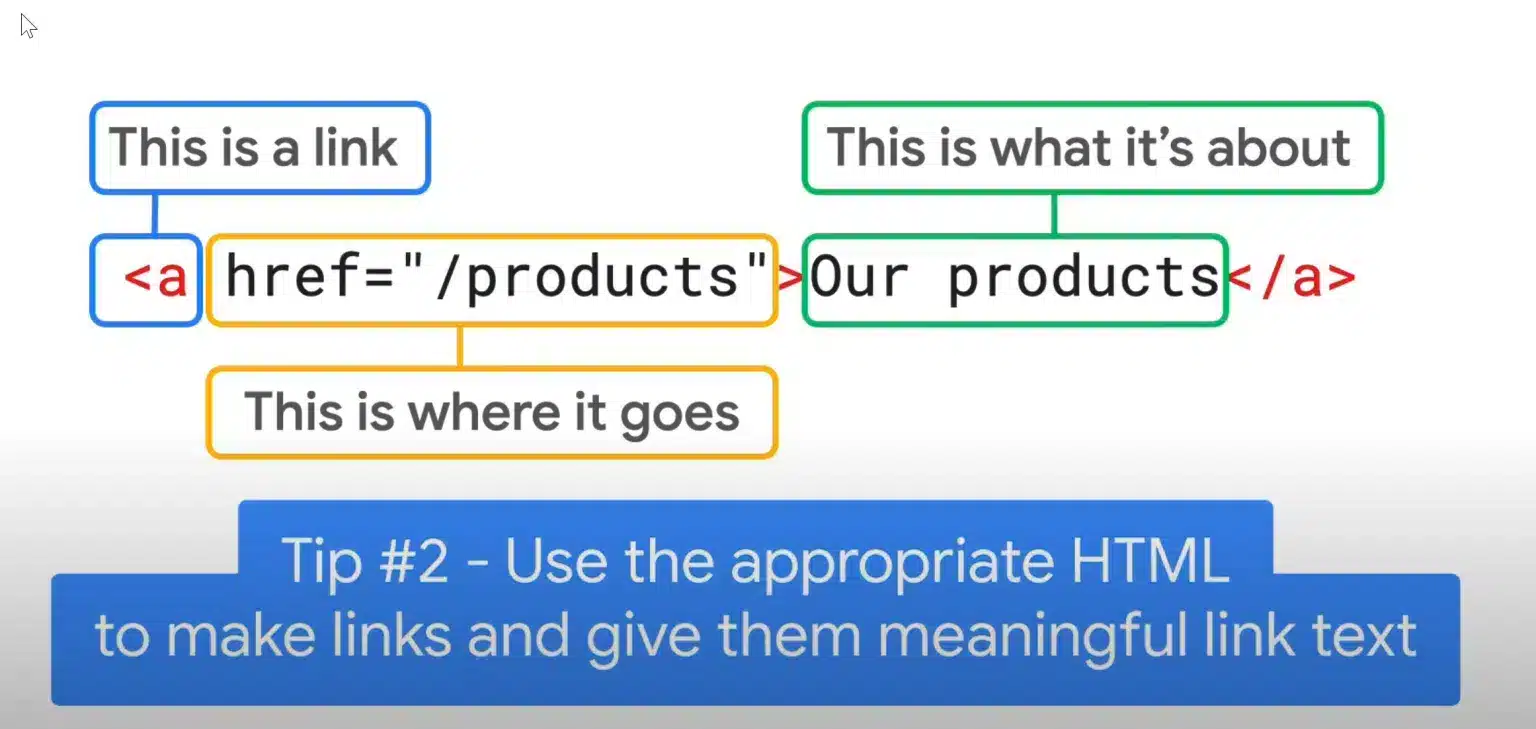
A weak internal linking strategy can confuse search engines and visitors, making it harder for your site to rank well. Think of internal links as your website’s navigation system – if it’s poorly designed, both users and search engines may struggle to find their way around.
9.1 The Impact of Poor Internal Linking
A flawed internal linking structure can lead to several issues:
Orphaned Pages: Pages that aren’t linked anywhere, making them invisible to both users and search engines.
Excessive Link Depth: Important pages buried too deep in your site, requiring more than three clicks from the homepage to access.
Uneven Authority Distribution: Key pages might not get enough “link juice” to rank effectively.
“Google views websites with more links to be more important, and a strong internal linking structure will also help you increase the number of pages ranked on your site.”
9.2 Common Internal Linking Mistakes
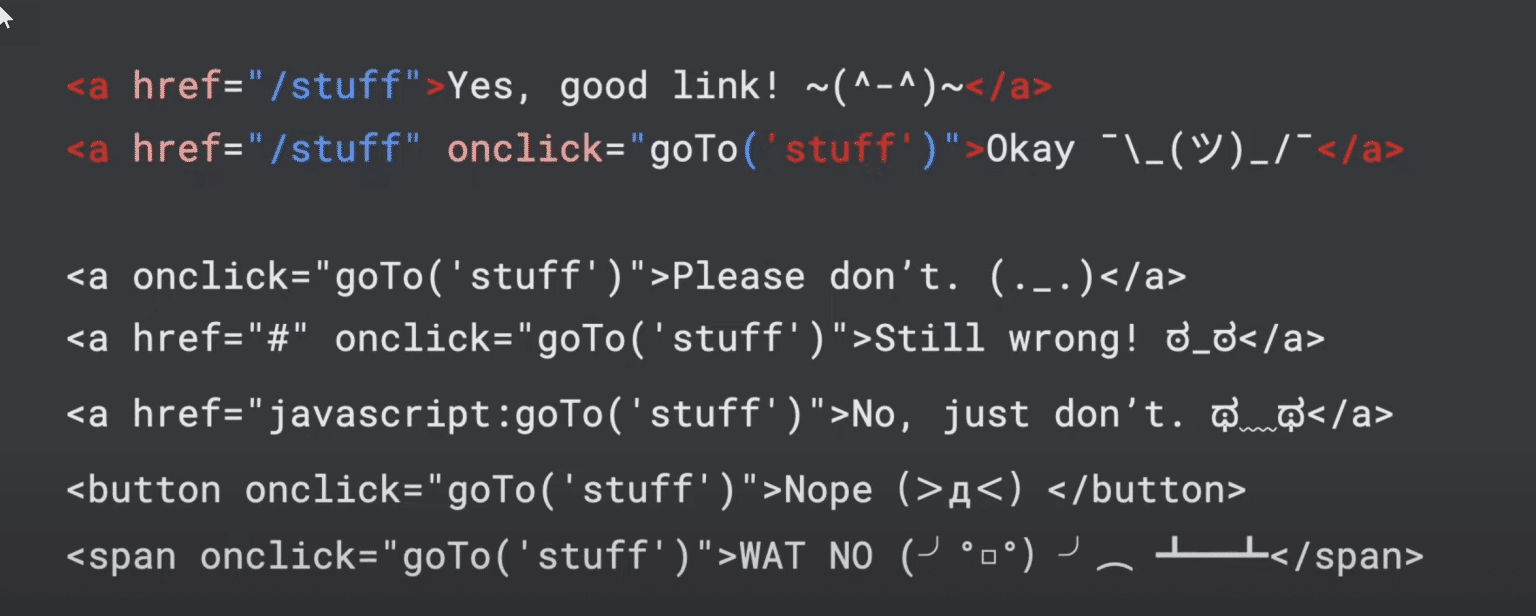
Some typical errors in internal linking include:
Over-optimization or Irrelevant Links: Linking to unrelated pages or stuffing links with keywords can confuse both users and search engines.
Link Dilution: Adding too many links on a single page can reduce their overall impact.
9.3 How to Fix Your Internal Linking
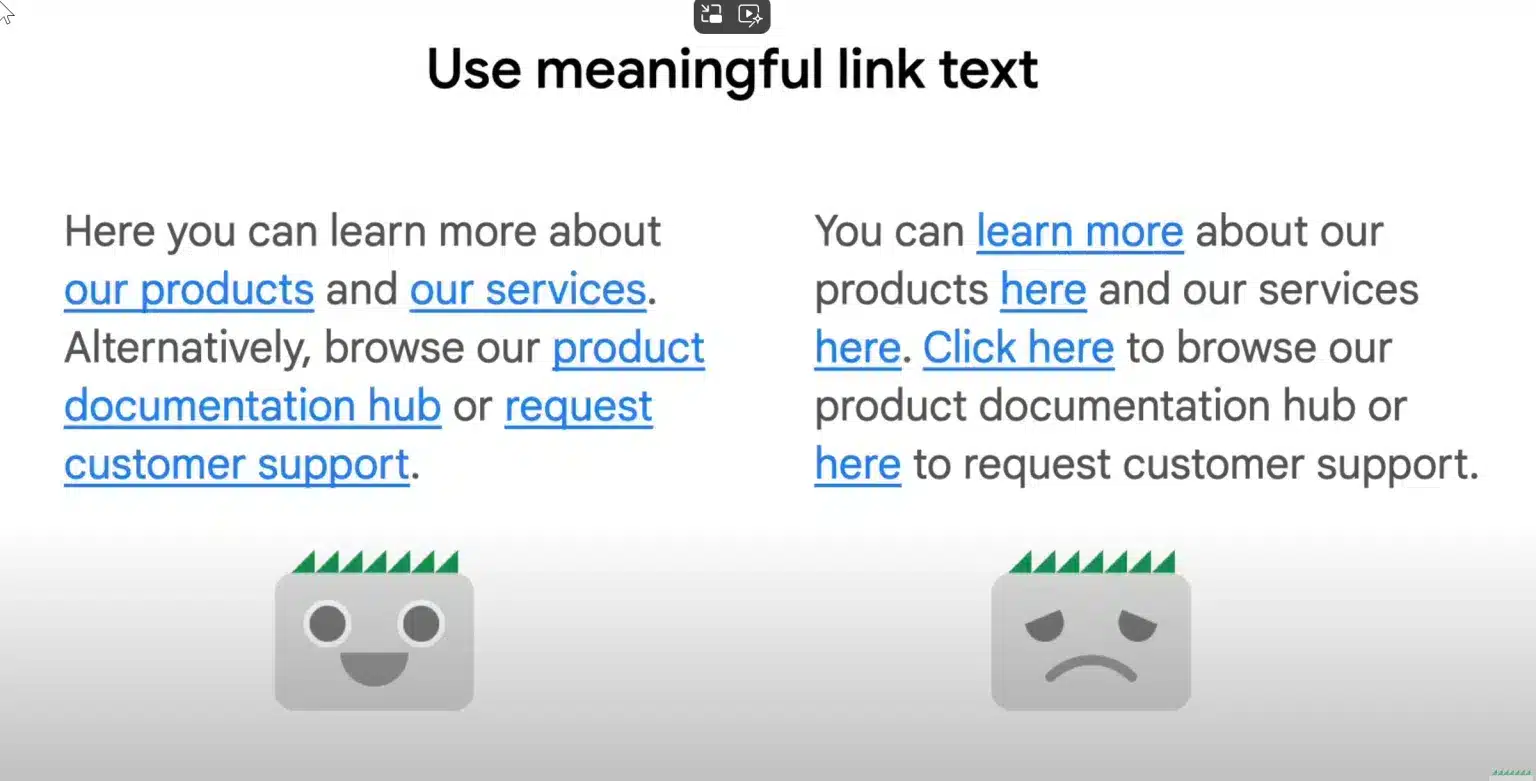
Conduct Regular Audits
Use tools like Google Search Console or Screaming Frog to find broken links, orphaned pages, and pages with an imbalance of links (too many or too few).
Plan Your Links Strategically
Ensure your website’s structure is logical:
Keep important pages within three clicks of the homepage.
Interlink related content to create a seamless experience.
Link new content to 2–3 existing, relevant pages.
Use Meaningful Anchor Text
Anchor text should clearly describe the destination page. For example:
Avoid: “Click here to learn more.”
Use: “Learn about on-page SEO optimization.”
9.4 Technical Aspects to Consider
When setting up internal links, pay attention to these details:
Use dofollow links for pages you want search engines to index.
Avoid overloading your footer with links, as this can reduce their effectiveness.
“Ranking higher on Google requires a solid SEO and inbound strategy. Before anything else, start with a well-planned internal linking strategy, and you can make your way towards a higher ranking for your website.”
Internal linking isn’t just about SEO – it also improves user experience by helping visitors easily find relevant content. A smart linking strategy enhances navigation and boosts overall satisfaction for your audience.
10 8. Neglecting User Experience
Focusing solely on technical SEO while ignoring user experience (UX) can hurt your rankings. Google values websites that engage and satisfy visitors, so a poor UX can directly impact your site’s performance in search results.
10.1 Key UX Factors That Impact SEO
Page Speed: Slow pages frustrate users and lower rankings. Optimize images, clean up your code, and use caching to speed things up.
Navigation: Make it easy for visitors to find what they’re looking for. A clear, intuitive structure reduces bounce rates and keeps users engaged.
Content Readability: Use clear headings, short paragraphs, and plenty of white space. Consistent fonts and formatting make content easier to scan.
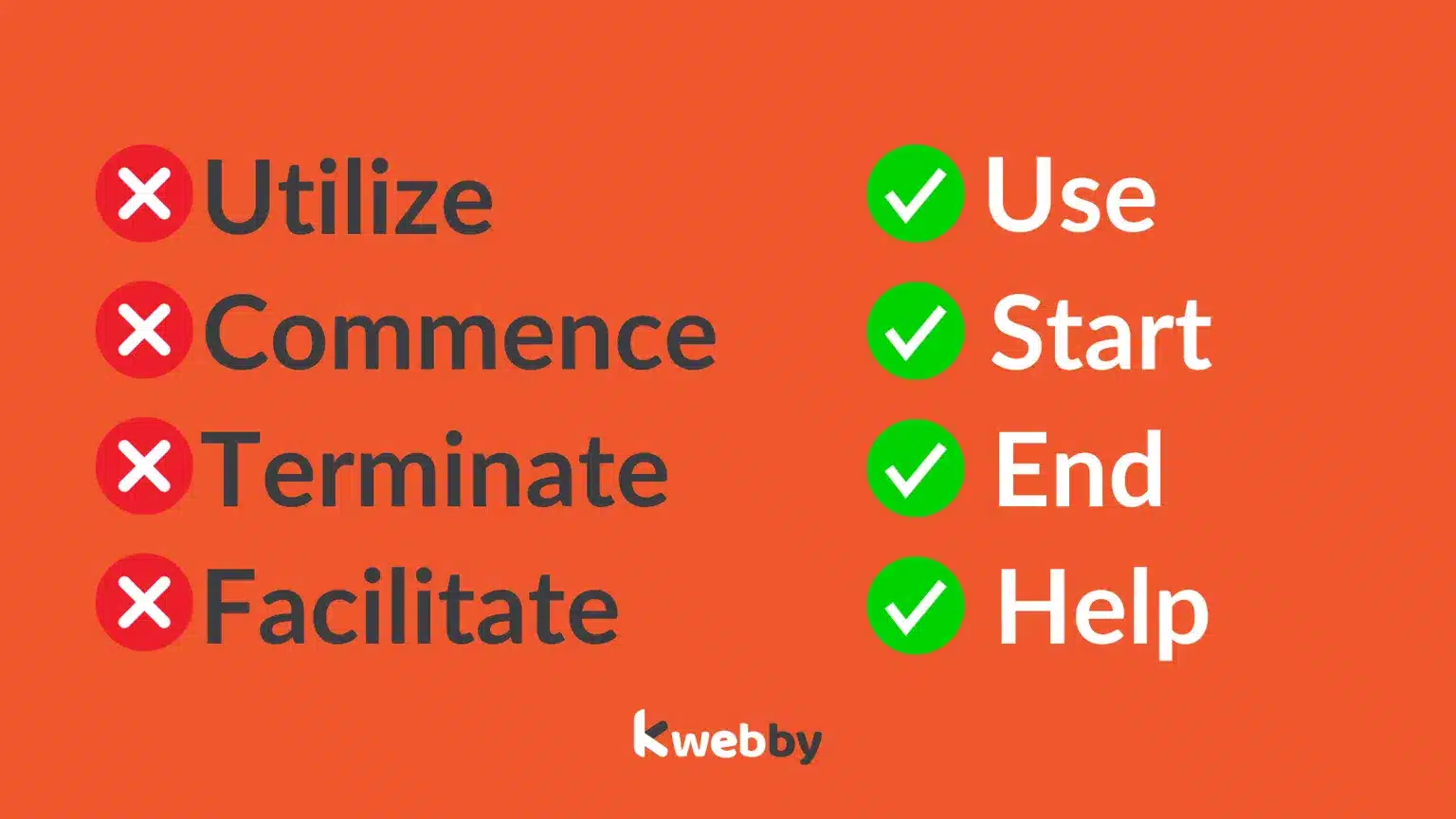
Interactive Features: Buttons, forms, and other interactive elements should work flawlessly on all devices. Broken features drive users away and hurt rankings.
Visual Structure: Organize content logically using proper heading tags (H1-H6) and consistent styling to guide users through your site.
10.2 Tracking and Improving UX
Keep an eye on these metrics to evaluate your site’s UX:
| Metric | What It Measures | Target Range |
|---|---|---|
| Bounce Rate | Visitor engagement | Below 55% |
| Time on Page | Content relevance | 2-3 minutes |
| Pages per Session | Navigation effectiveness | 2-3 pages |
| Mobile Usability | Compatibility across devices | 0 errors |
To improve UX and boost rankings:
Optimize page load times to keep users from leaving.
Simplify navigation so visitors can find content easily.
Regularly test buttons, forms, and other interactive elements.
Ensure mobile responsiveness is seamless.
Stick to consistent design elements across all pages.
While great UX enhances on-site satisfaction, don’t forget that off-page SEO efforts are also essential for building your site’s authority and visibility.
11 9. Ignoring Off-Page SEO
Off-page SEO plays a big role in your website’s search engine performance, yet it’s often overlooked. While on-page and technical SEO focus on optimizing your site itself, off-page SEO builds your site’s reputation and trustworthiness from the outside.
11.1 Why Off-Page SEO Matters
Off-page SEO includes elements like backlinks, brand mentions, social activity, and local business citations. These factors directly influence your site’s credibility and rankings. Here’s a striking statistic: 96.55% of pages get no organic traffic from Google – a number that highlights the importance of external efforts. Additionally, BrightLocal found that over 58% of voice searches are for local businesses, showing how crucial it is to establish a strong presence beyond your site.
11.2 Key Areas to Focus On
To succeed with off-page SEO, prioritize these four areas:
Backlinks: Secure links from reliable and relevant websites.
Brand Mentions: Get your business name mentioned on trusted platforms.
Social Media Engagement: Share meaningful content to encourage interaction and sharing.
Local Citations: Ensure your business details (like name, address, and phone number) are consistent across directories.
11.3 How to Improve Off-Page SEO
Here are some actionable steps to boost your off-page SEO efforts:
Build relationships with industry leaders and create content they’ll want to link to.
Regularly check your backlink profile and remove harmful or spammy links.
Keep your business information (NAP: Name, Address, Phone) accurate across all platforms.
Use social media to share content that sparks engagement and builds trust.
“Building quality backlinks takes time but delivers lasting results.”
Off-page SEO doesn’t offer instant results, but the long-term impact on your website’s authority and rankings is undeniable. Investing effort here will pay off over time, helping your site gain credibility and better visibility in search results.
12 10. Not Tracking and Analyzing SEO Performance
Failing to track your SEO performance means you can’t pinpoint what’s working or quickly address problems. Considering 53.3% of online traffic comes from organic searches, keeping an eye on your SEO metrics is essential to stay competitive.
If you skip tracking, you risk wasting time and resources, overlooking areas for improvement, reacting too slowly to ranking drops, and struggling to prove the ROI of your SEO efforts.
12.1 Key Metrics to Monitor
| Metric | Purpose | How Often to Check |
|---|---|---|
| Organic Traffic | Shows how well your SEO is performing | Weekly |
| Keyword Rankings | Reflects visibility for targeted terms | Bi-weekly |
| Conversion Rate | Connects SEO efforts to business goals | Monthly |
| Bounce Rate | Highlights content relevance | Weekly |
12.2 Tools to Help You Track
Leverage Google Analytics and Search Console for free insights into your performance. For deeper analysis, tools like SEMrush or Ahrefs can provide advanced data.
12.3 Using Data to Improve Your Strategy
When you track performance, you can double down on what works and cut out what doesn’t. This data-driven approach helps you spot content gaps or misaligned strategies, so you can adjust based on real results.
12.4 Practical Steps to Start
Set up tools like Google Analytics and Search Console, and make sure conversion tracking is enabled.
Check key metrics weekly and review overall trends monthly. Focus on KPIs that tie directly to your business, such as:
Conversion rates from organic traffic
Revenue driven by SEO efforts
Quality of leads from organic search
13 Conclusion
Avoiding SEO mistakes isn’t just about correcting issues – it’s about creating a strong foundation for your website’s growth and visibility over time. A well-rounded SEO strategy ensures your site stays competitive and relevant.
As Solomon Thimothy from OneIMS puts it:
“Great content can live without SEO, but SEO is nothing without great content”
This highlights the importance of pairing high-quality content with smart technical practices.
Here are some key areas to focus on for improving rankings:
| Priority Area | Impact on Rankings | Implementation Difficulty |
|---|---|---|
| Mobile Optimization | Very High | Moderate |
| Quality Content | High | High |
| Technical SEO | High | Moderate |
| User Experience | Very High | Moderate |
| Performance Tracking | Medium | Low |
SEO success requires consistent effort and attention. Combine content that resonates with users and precise technical execution. Regularly tracking performance metrics will help you stay ahead in search rankings.
By fixing common mistakes, you’ll make your site more resilient to algorithm updates and evolving user behavior. Success in SEO comes down to balancing technical know-how with strategies that prioritize the user experience. As Cefar explains:
“If you follow these and make sure your website fits into the E-E-A-T acronym, you’ve made a good step towards helping your website rank.”
Start by tackling the most pressing issues from the table above, and create a plan for ongoing optimization. SEO is an ongoing process that rewards consistent monitoring and updates.
14 FAQs
14.1 What is a mistake for meta description?
Meta descriptions, when done right, can boost click-through rates by up to 5.8% [1]. However, certain mistakes can hurt your performance. Here’s a quick breakdown:
| Mistake | Impact | Best Practice |
|---|---|---|
| Too Long | Gets cut off in search results | Stick to 160 characters for desktop, 120 for mobile |
| Repeated Descriptions | Confuses search engines | Create a unique description for every page |
| Missing Keywords | Reduces relevance | Naturally include your target keywords |
| Generic Wording | Fails to grab attention | Write specific and engaging summaries |
Did you know Google rewrites meta descriptions about 70% of the time on mobile devices [1]? To keep control over how your content appears in search results, follow these tips:
Write unique descriptions tailored to each page.
Align your description with search intent and accurately reflect the page content.
Use sentence case and steer clear of clickbait-style language.
Pair your meta description with a strong title tag, as title tags are the second most important on-page ranking factor.
14.2 What are common SEO mistakes to avoid?
Common SEO mistakes include using duplicate content across multiple pages, failing to use relevant internal links, and neglecting proper mobile optimization. These errors can confuse search engine crawlers and negatively impact search engine rankings. Additionally, ignoring page speed improvements or failing to optimize images for a mobile site can lead to a poor user experience, further reducing your search rankings.
14.3 How can internal links improve search engine optimization?
Internal links help search engine crawlers understand the structure of your site and make it easier for users to navigate between related content. By connecting relevant pages through internal links, you improve the SEO value of your web page and encourage visitors to stay on the site longer. Effective linking can also help search engines prioritize important sections of your content for better ranking in search results.
14.4 Why is mobile optimization crucial for SEO?
With the majority of search queries now coming from mobile devices, mobile optimization is more important than ever. A mobile-friendly web page ensures better usability for mobile users and is a key factor in modern search algorithms. Poor mobile performance or a slow site speed can negatively affect search engine rankings and cause your content to lose visibility in local search results.


